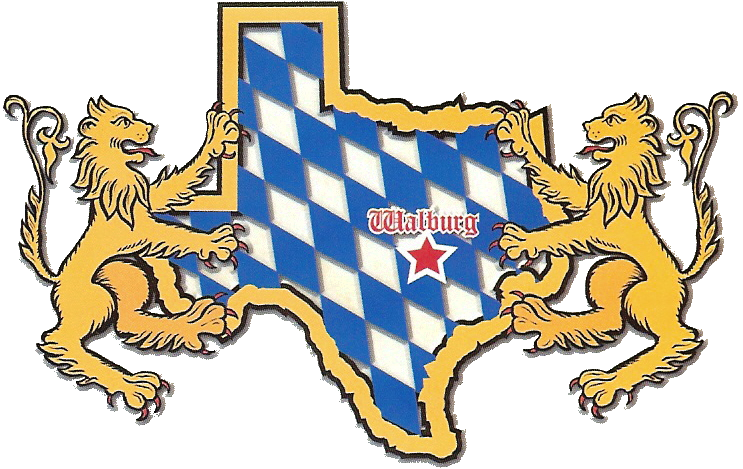
The mayor of Munich Christian Ude (SPD) taps the first barrel of beer with the traditional “O´zapft is!” (It’s tapped!) to start the Oktoberfest beer festival at the Theresienwiese in Munich, southern Germany, on September 18, 2010. SEBASTIAN WIDMANN/AFP/Getty Images)
It began with the Royal Wedding on 12 October 1810.
Crown Prince Ludwig, later to become King Ludwig I, was married to Princess Therese of Saxony-Hildburghausen on 12 October 1810. The citizens of Munich were invited to attend the festivities held on the fields in front of the city gates to celebrate the happy royal event. The fields were renamed Theresienwiese (“Theres’a Fields”) to honor the Crown Princess, although the locals have since abbreviated the name simply to “Wiesn”. Horse races in the presence of the royal family marked the close of the event that was celebrated as a festival for the whole of Bavaria. The decision to repeat the horse races in subsequent years gave rise to the tradition of Oktoberfest.
Oktoberfest Bier
Oktoberfest beer is of a variety called Märzen. Darker and stronger than traditional beer, Märzen contains up to 6% alcohol, is bottom-fermented, and is lagered for at least 30 days. Before the advent of modern refrigeration techniques, this type of beer was brewed in March (as its name suggests) and allowed to age through the summer, so that it was ready to drink by late summer or early fall. Like all German beer, the Oktoberfest beer is brewed according to strict German standards (called the Reinheitsgebot and in effect since 1516) that precisely define the four ingredients allowed in the brewing of beer: barley, hops, malt, and yeast.
Just 6 Munich breweries – Augustiner, Hacker-Pschorr, Hofbräu, Löwenbräu, Paulaner, and Spaten – are permitted to serve beer at the festival. 14 larger and several smaller beer tents and beer gardens provide enough seating for 98,000 visitors at a time. Beer is served by the Maß, a one-liter mug, and costs about 8 euros. Beer maids and waiters must be able to carry 10 of these beer-filled mugs at a time.
